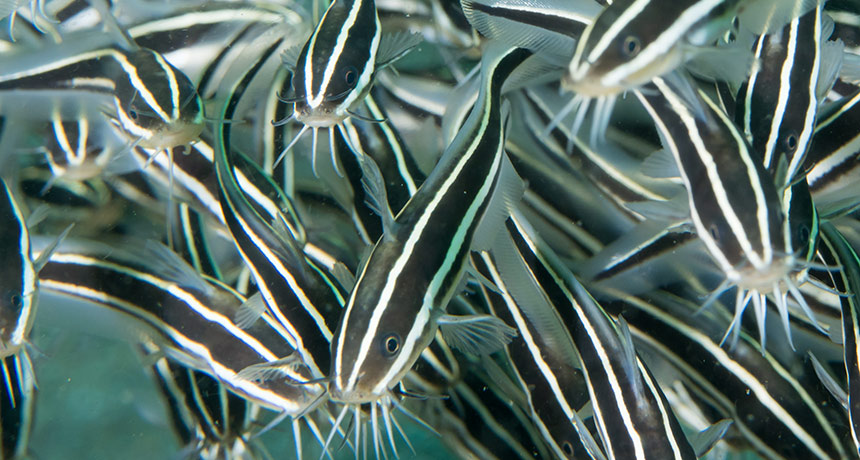
OCEAN THREAT Predatory striped eel catfish (Plotosus lineatus) that are native to the Indian Ocean and Western Pacific are one of eight species considered a “high risk” for invading territories in the European Union.
Rickard Zerpe/Flickr (CC BY 2.0)
- More than 2 years ago
North America’s fox squirrel, the venomous striped eel catfish (SN: 4/29/17, p. 28) and 64 other species are now considered invasive threats to existing species in the European Union, scientists report online on December 12 in Global Change Biology. Emphasis on the word ‘threat.’ None of these organisms have been found yet in the EU, except for in captivity.
The goal in listing and evaluating invasive threats is to prevent these species from ever crossing EU borders and establishing themselves, says coauthor Helen Roy, an ecologist at the Centre for Ecology and Hydrology in Wallingford, England. Roy and colleagues whittled a European watch list of 329 invasive species down to 66 using a technique called “horizon scanning.” Experts scored the likelihood of each creature arriving in the EU within the next decade, establishing itself, spreading and changing local ecosystems. This effort is the first time horizon scanning has been used on a continental scale to account for so many taxonomic groups.
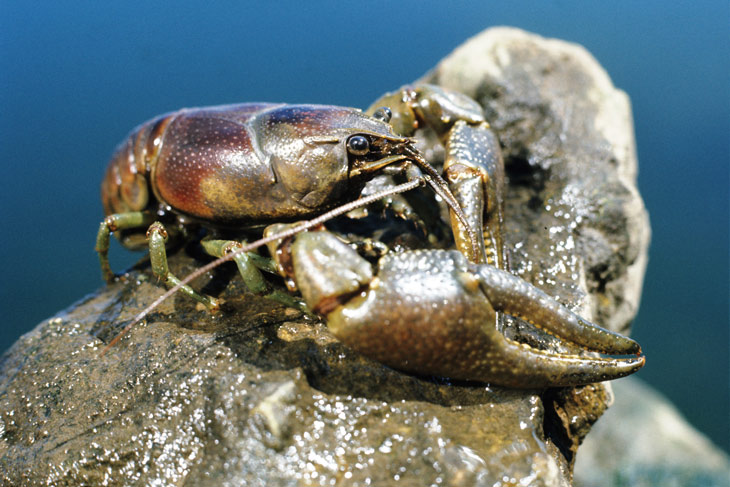
The eight most worrying species include East Asia’s voracious northern snakehead, a fish that has wreaked havoc in U.S. waters since the early 2000s (SN Online: 7/8/14). Also on the “very high risk” list to biodiversity are the aggressive rusty crayfish, a species native to the Ohio River that can spread fungus or diseases harmful to local species, and Asia’s golden mussels, prone to accumulating on native plants and clogging pipes.
Many of the most worrying species are expected to invade EU territory within 10 years and out-compete native species. If the invasions occur, it will likely be due to human activities. Species could stowaway aboard an airplane or ship or could escape from confinement from a zoo or research lab.
Meet the EU’s most worrisome invasive species
These are the eight species considered by the European Union to be the most threatening to biodiversity should they invade the bloc’s territory.
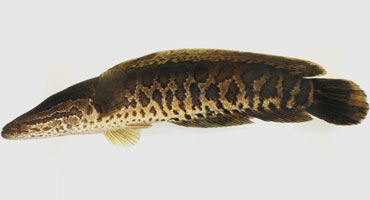 |
Northern snakehead (Channa argus) Native to: China, Korea, Russia Possible impact: Prey on local species |
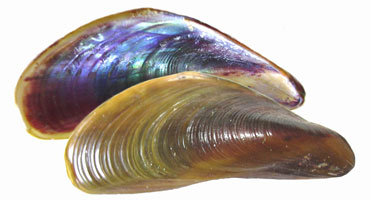 |
Golden mussel (Limnoperna fortunei) Native to: China, Southeast Asia Possible impact: Overwhelming population growth |
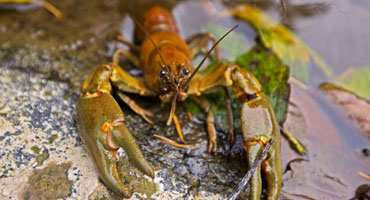 |
Rusty crayfish (Orconectes rusticus) Native to: North America Possible impacts: Transmit diseases; outcompete local species |
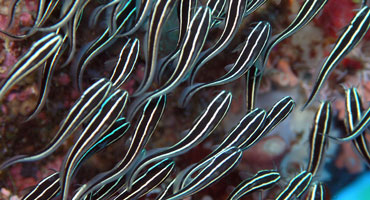 |
Striped eel catfish (Plotosus lineatus) Native to: East Africa, Indian Ocean, western Pacific Possible impacts: Prey on local species; change water and sediment quality |
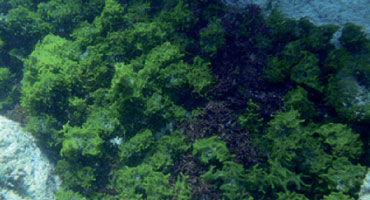 |
Green seaweed (Codium parvulum) Native to: Red Sea Possible impacts: Disrupt ecosystems; outcompete local species |
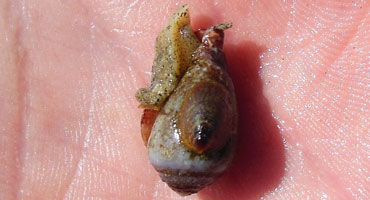 |
Onyx slippersnail (Crepidula onyx) Native to: Southern California to Chile Possible impacts: Overwhelming population growth; outcompete local species |
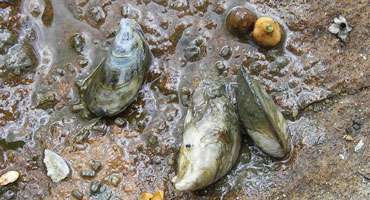 |
Black striped mussel (Mytilopsis sallei) Native to: Caribbean; Gulf of Mexico Possible impacts: Overwhelming population growth; harm fisheries |
 |
Fox squirrel (Sciurus niger) Native to: North America Possible impact: Outcompete native squirrels |
Source: H.E. Roy et al/Global Change Biology 2018






